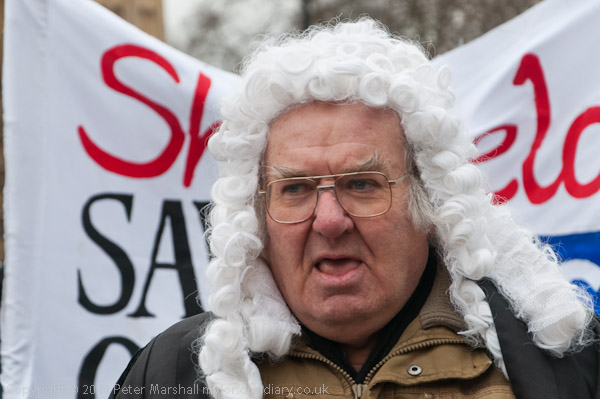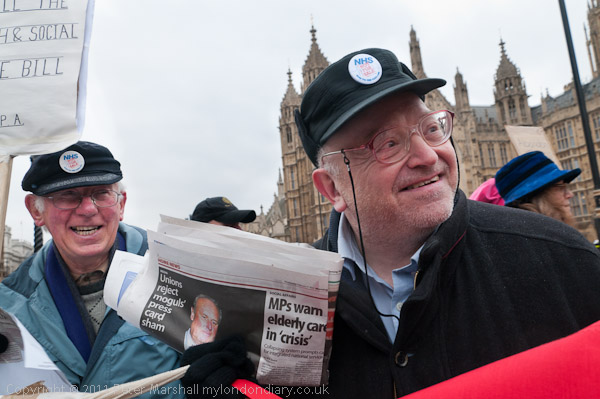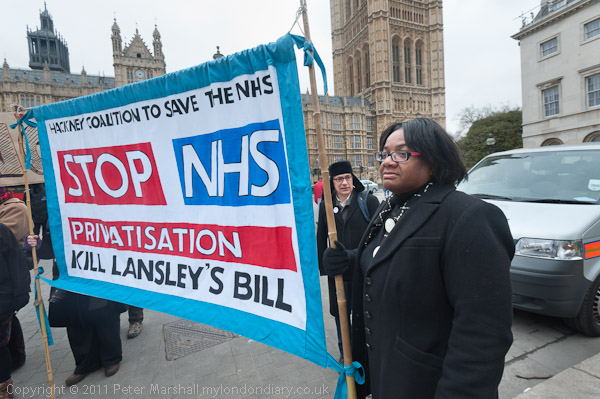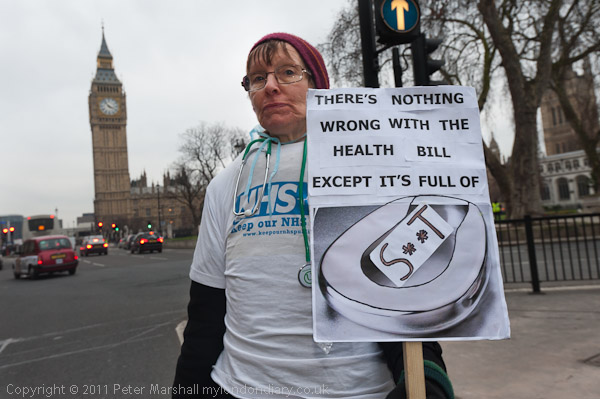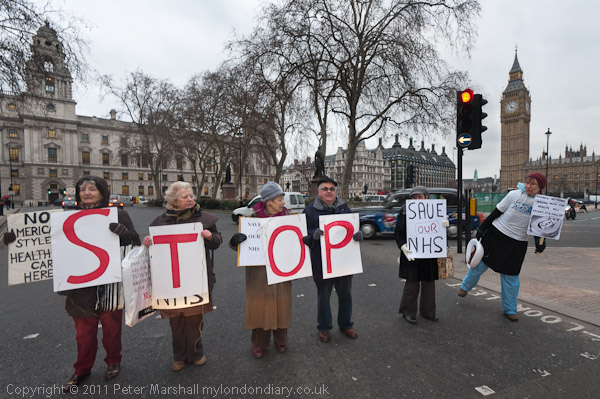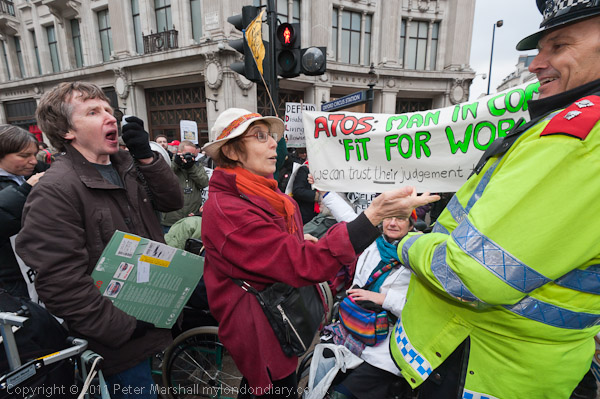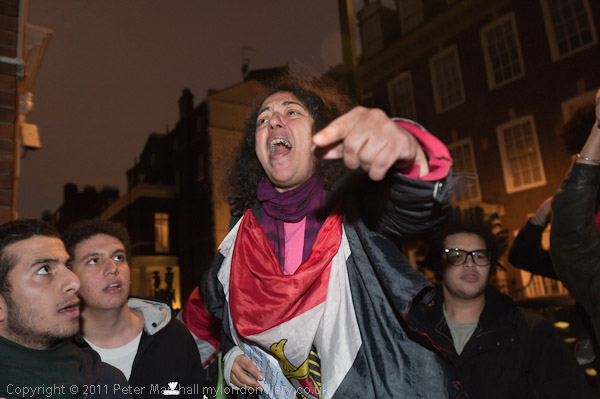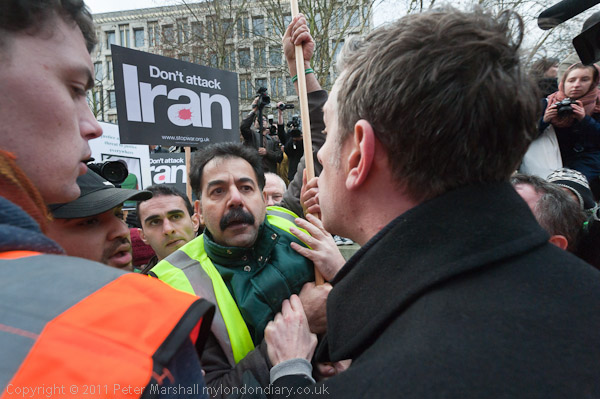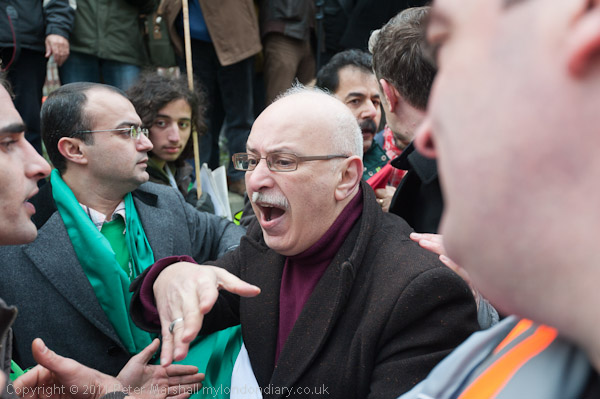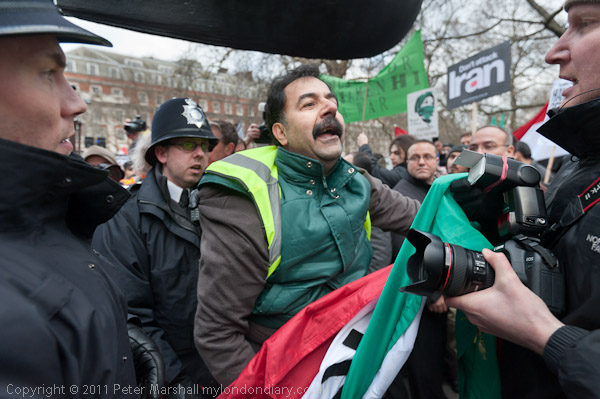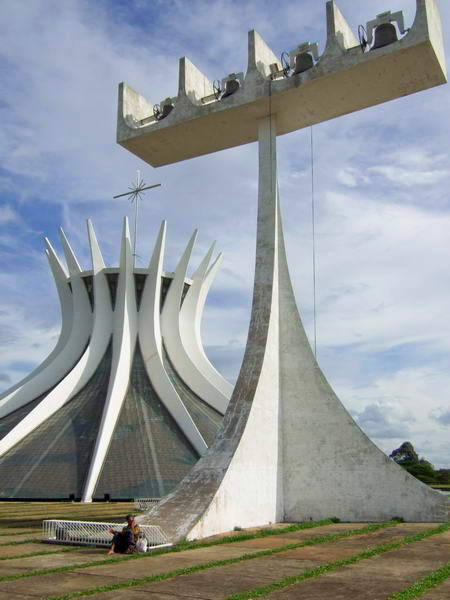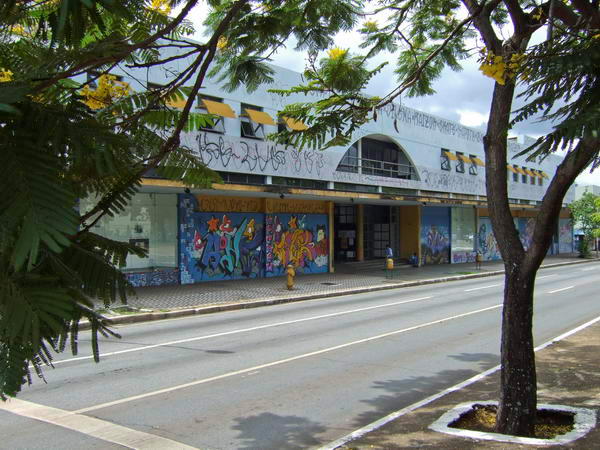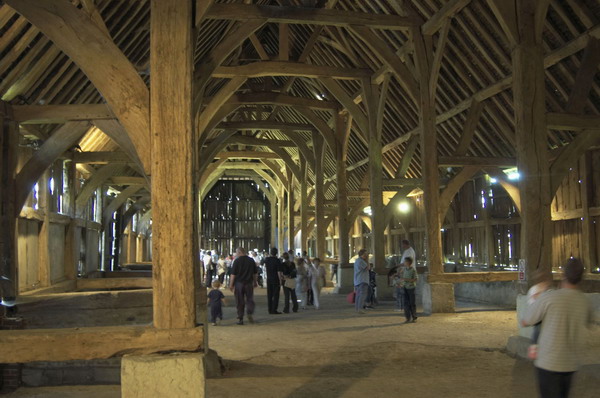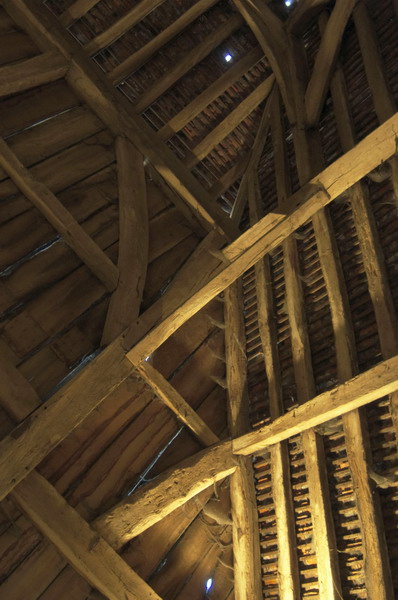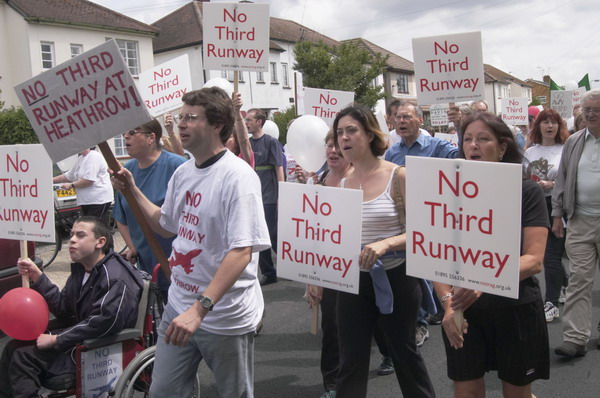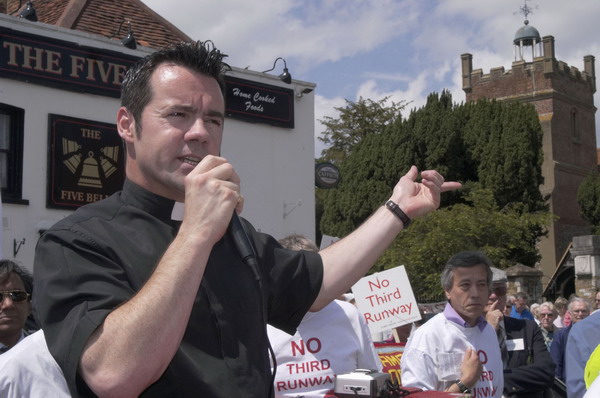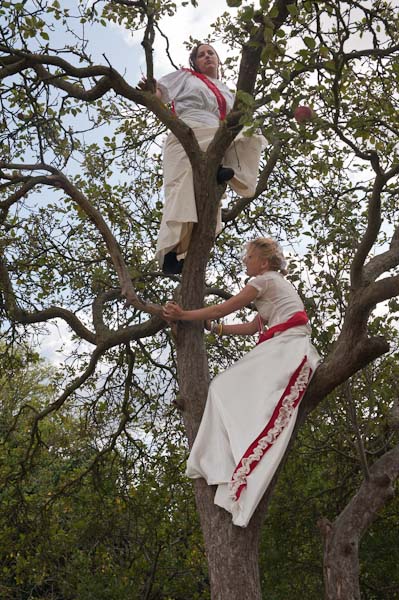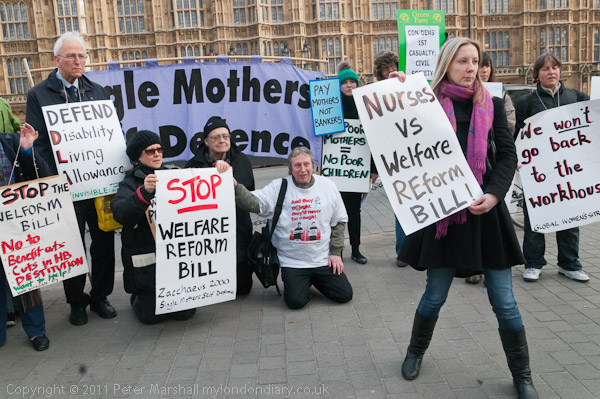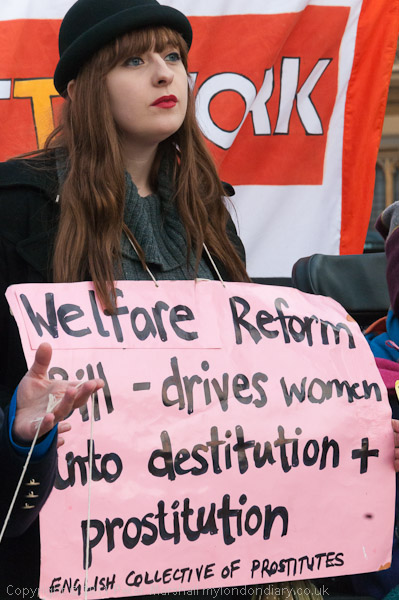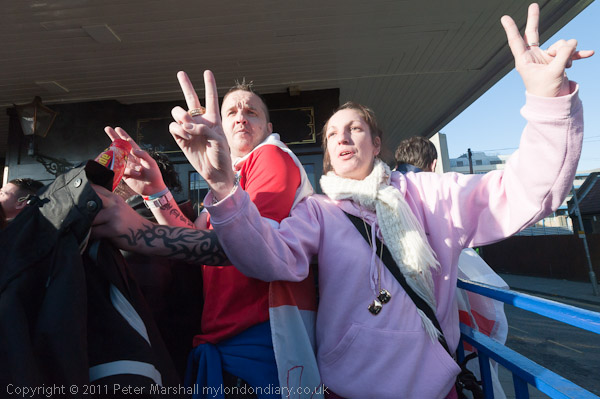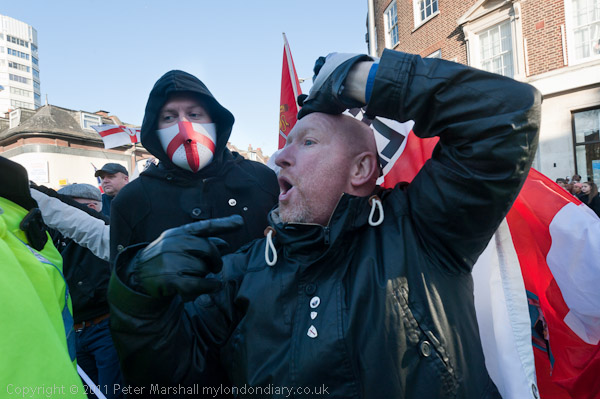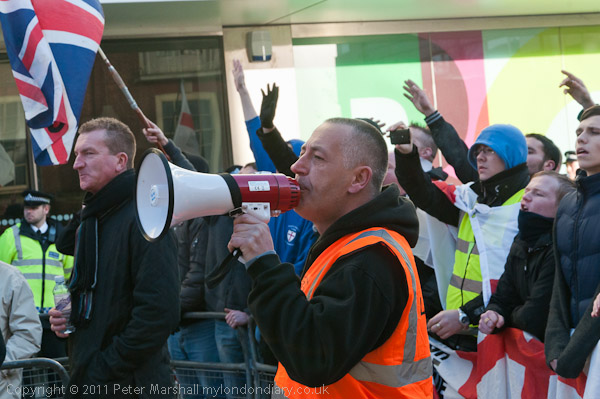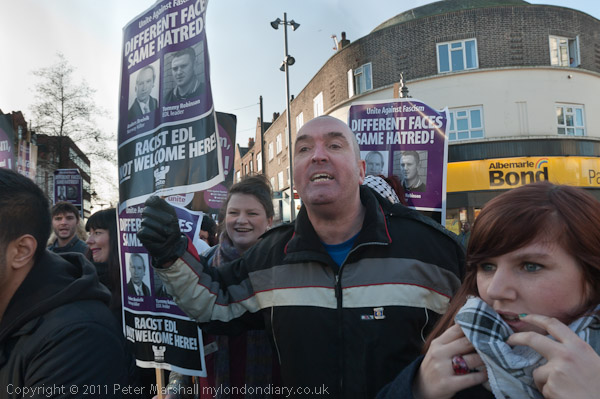One of the clearest indications that there is something very wrong with our society is the huge disparity in wealth and income, and nowhere is this more apparent than in the City of London, where people who work in the same offices may be on the minimum wage – around £6 an hour – or being paid millions in bonuses on top of huge salaries.
Those at the bottom of the pile, the cleaners, suffer from unsocial hours, part time jobs, poor working conditions and little or no job security. You can’t live in London on the minimum wage and many have several jobs to keep their families afloat.
The campaign to get a ‘London Living Wage’, a couple of pounds a week above the UK-wide minimum has had some success, largely through the vigorous actions of the cleaners and other low-paid workers themselves, organised through various groups, and I’ve photographed a number of their protests. Although they got some important support from some British trade unions, in some cases cleaners felt that they were neglected in the settlements the unions made with the bosses, their needs compromised by unions who also represented people on higher pay.
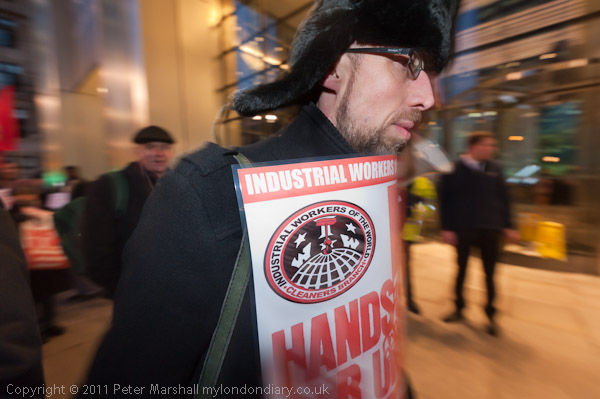
16mm, 1/30 f5.0, ISO 2500, flash
Now many of the cleaners belong to a branch of the IWW, the International Workers of the World, a US based international union only formally recognised as a trade union by the UK in 2006, although small branches have existed here since shortly after its founding in 1905. The IWW is based on the kind of grassroots action that the cleaners have been taking, and is notable for its democratic structures making it run by and for the rank and file.
Alberto Durango has been in the lead in the cleaner’s fight for better wages and conditions, leading a number of successful campaigns to gain the London Living Wage. Last summer I met him outside Heron Tower where he was able to tell me that the protest planned for that evening had been called off because the contracting firm employing the cleaners there had agreed to their demands. Towards the end of the year, the cleaners were taken over by a new company who refused to accept those agreements reached earlier (despite our laws about the take-over of enterprises,) and soon found a reason to dismiss Durango who was standing up for his rights and those of his fellow workers.
The IWW organised a protest against his dismissal outside Heron Tower at 5pm on a Friday night, in the rush hour as workers were leaving for home, and darkness was falling. Half of the pavement is actually owned by Heron Tower, and their security soon moved both protesters and photographers off from that onto the fairly narrow strip beside the road.
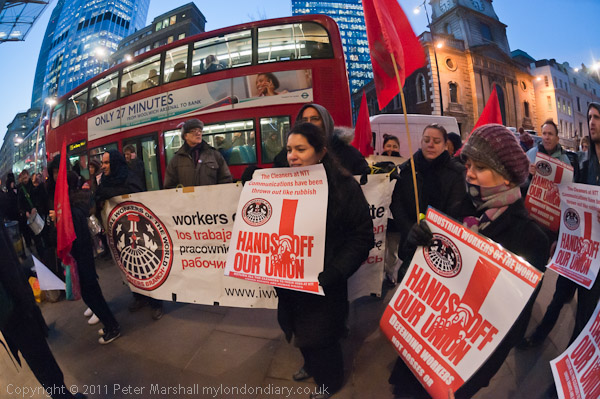
10.5mm, IS01600, 1/60 f4.5
Bishopsgate is one of the busier streets in the city, with a fairly constant stream of buses, taxis and other traffic passing, and it wasn’t possible to step out into the road except when this was halted by a nearby traffic light, so most of the time I had to work from within a fairly crowded pavement area with a small supporting samba band as well as the cleaners and their banners.
Fortunately there was just enough light from inside Heron Tower, the street lighting and the windows of passing buses to work by available light with the 10.5 mm lens on the D300. Although I can generally handhold this at very slow speeds for static subjects, with protests there is generally movement, and anything less than 1/30 is likely to blur just those parts of the subject you want sharp. It is an f2.8 lens (actually as fast as anything I own in a Nikon fitting) and although you seldom if ever need to stop down for depth of field, and it performs well more or less wide open. I think all of the pictures I made with it at this event were between f2.8 and f4. The sky was rather darker than it looks in the picture, and got darker still while I was taking pictures.
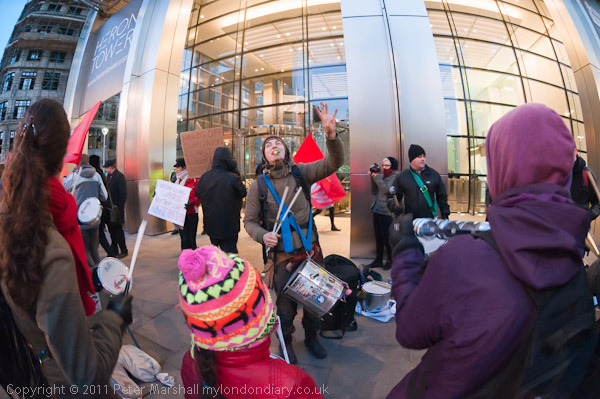
You can forget flash with the 10.5mm, except as a special effect, unless you have some kind of magic diffuser that will cover 180 degrees. Occasionally I’ve played with it to highlight a part of the picture. I had the flash on the D700, where the longer end of the 16-35mm was as extreme a telephoto as I had room to use. With the D700 I gave myself another stop, working at IS02500 to get a better balance between flash and ambient, mainly working on shutter priority at around 1/30th to try for just a little blur along with the sharp core from the flash.
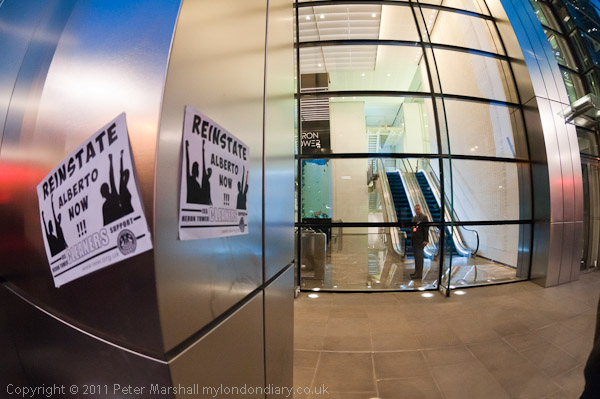
As always there were the ones that got away. I’d been photographing a couple of posters on one of the metal-clad pillars in the middle of the pavement supporting the building calling for Alberto’s replacement, with a security guard inside the glass-fronted atrium looking out at the protest. A minute later he came out and tore one of them off the pillar, but I saw him too late to get in a suitable position to photograph the moment. Others I missed when the D300 mirror stuck in the up position – it takes just a second or two to press the menu button, select to lock the mirror up, press the shutter release, turn the camera off and then back on, but remembering to do all that in the correct order in the heat of the moment can be tricky. I keep putting off the time and money to get it repaired, but will have to do it soon.
Perhaps it was some kind of compensation for this problem that I ended up taking far too many pictures – as you can see in IWW Cleaners Demand Reinstate Alberto on My London Diary.
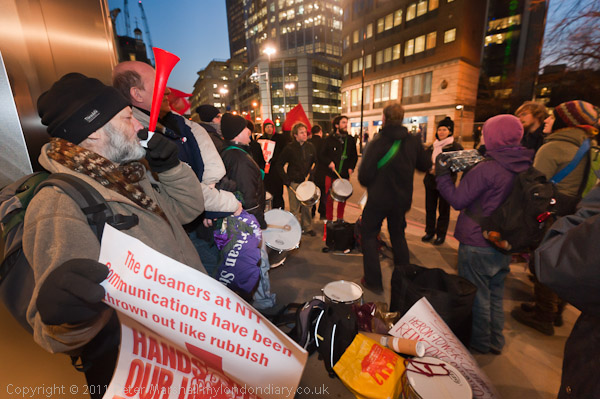
16mm, 1/30 f5.6, ISO 2500, flash
A few days later I got some good news, though not about Heron Tower. Some of the cleaners at the protest had been sacked in another dispute in which Alberto and the IWW were engaged, and there was to be a protest outside their workplace the following week. A day before it was to take place I was pleased to read a message it had been cancelled after agreement had been reached with the management.
________________________________________________________
My London Diary : Buildings of London : River Lea/Lee Valley : London’s Industrial Heritage
All photographs on this and my other sites, unless otherwise stated are by Peter Marshall and are available for reproduction or can be bought as prints.
To order prints or reproduce images
________________________________________________________
